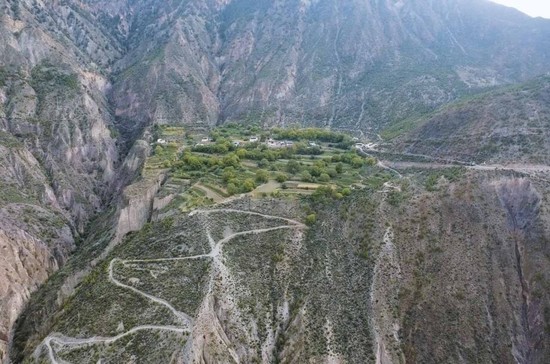‘The answer (a typical Chinese paradox) is that it’s both.’
Read the introduction to Decanter's China supplement (October 2024 issue) by Andrew Jefford...

‘I have good wine
To feast and make glad the hearts of my admirable guests.’
– Shi Jing II 1 (161) (trans. James Legge)
Peer back into the distant past, and you’ll find that vines, grapes and wine are referenced in the earliest of Chinese literary texts, the Book of Odes. These folk poems – from which the quotation above comes – were collected and written between 1100 BCE and 601 BCE.
Three times older, up to 9,000 years old, the oldest alcoholic-drink residues are also Chinese. They weren’t pure wine, but an alcoholic beverage that included tartaric acid from grapes and/ or hawthorn fruit (pips from both were found at the Jiahu Neolithic settlement in Henan Province).
‘Of all our joys, this must be the deepest,’ wrote poet Li Bai as he lay alone in bed after drinking wine, contemplating ‘spring’s lonely sorrows’ and ‘forgetting that person I am even exists’ (‘Drinking Alone Beneath The Moon’ 3, translated by David Hinton).
Wine, in other words, is as intimate a part of Chinese culture as tea – and the fact that both owe their complexity to a wealth of cultivars of a single species (Vitis vinifera and Camellia sinensis) responding to diverse terroirs means Chinese drinkers almost instinctively understand wine’s potential.
And today? It’s worth noting that if you’re a grape grower, you’re likely Chinese. China’s 15.6 million tonnes produced in 2022 is almost double that of the second-placed country, Italy (8.1 million tonnes), though most of this is table grapes eaten as dried fruit.
China’s efforts to produce world-class wine of sophistication and subtlety are relatively recent: they began in the 1950s with vine selection and breeding of domestic varieties. But it wasn’t until the huge importation of western vinifera vine cuttings from the late 1980s onwards that China began to produce the kind of wines most of us would recognise.
The country has learned, and expanded, swiftly: by the time I first visited Ningxia and Wuhai in 2013, China was the world’s fourth biggest wine-producing nation, though it has fallen back somewhat since.
We all need to understand Chinese wine better – one reason why some of China’s top producers have got together, using their own resources, to bring Decanter readers this guide. Wine-growing regions already dot much of this vast land, as Professor Li Demei explains, and the styles produced are astonishingly wide, as Ch’ng Poh Tiong’s tasting notes show.
Their desire to shine is clear from the wines’ record at Decanter World Wine Awards and other competitions. Seek out these wines, give them a try – and share them with your ‘admirable guests’, as Chinese drinkers were doing some 3,000 years ago.
Chapter I – China: Around the Wine Regions by LI Demei
All rights reserved by Future plc. No part of this publication may be reproduced, distributed or transmitted in any form or by any means without the prior written permission of Decanter.
Only Official Media Partners (see About us) of DecanterChina.com may republish part of the content from the site without prior permission under strict Terms & Conditions. Contact china@decanter.com to learn about how to become an Official Media Partner of DecanterChina.com.





Comments
Submit